Italy’s wild spaces abound with beautiful creatures, but which of Jenny Oldaker’s top 10 Italian wildlife have you spotted during your travels?
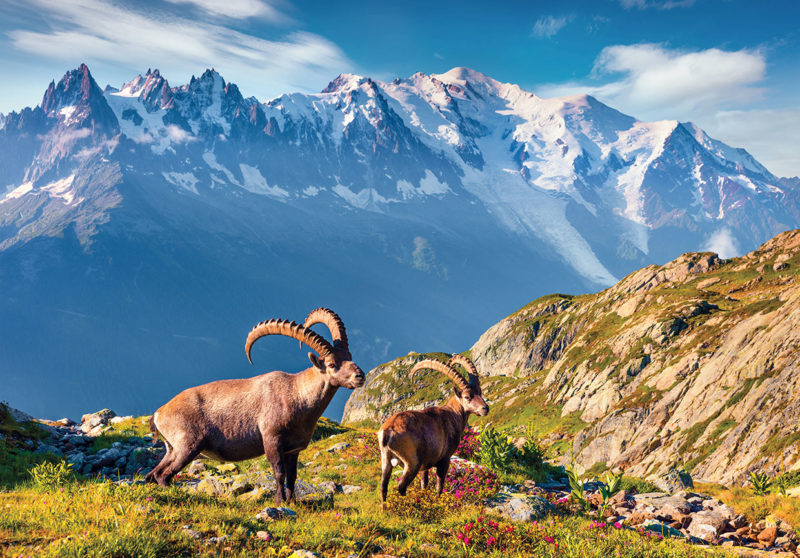
Italy is not a country to which travellers flock for its wildlife – its wealth of cultural, gastronomic and historic attractions tends to provide a greater draw.
But this really shouldn’t be the case as the country has spectacular countryside and a staggering range of wildlife.
Anna Tyler, southern Europe destination editor for Lonely Planet agrees. “While not a well-known destination for wildlife spotting, travellers who venture into some of the wildest of Italian national parks might be surprised by what they could spot.
“Bears and wolves still roam the dense forests of the Abruzzo, Lazio and Molise National Park, while the Dolomiti Bellunesi National Park is home to the chamois (part-goat, part-deer) and even the rare Eurasian lynx.”
It’s time to shine a spotlight on Italy’s natural treasures as we discover 10 of its most fascinating creatures.
Top 10 Italian wildlife
1. Italian wolf
This beautiful Italian native can be found in the Alps and Apennines and, though they are still relatively low in numbers, the population of this protected species is thought to be increasing.
The wolf is still unwelcome in many areas but it has plenty of admirers, too. Adam Rose, director of environmental education organisation Ecowise Italy, is one of them.
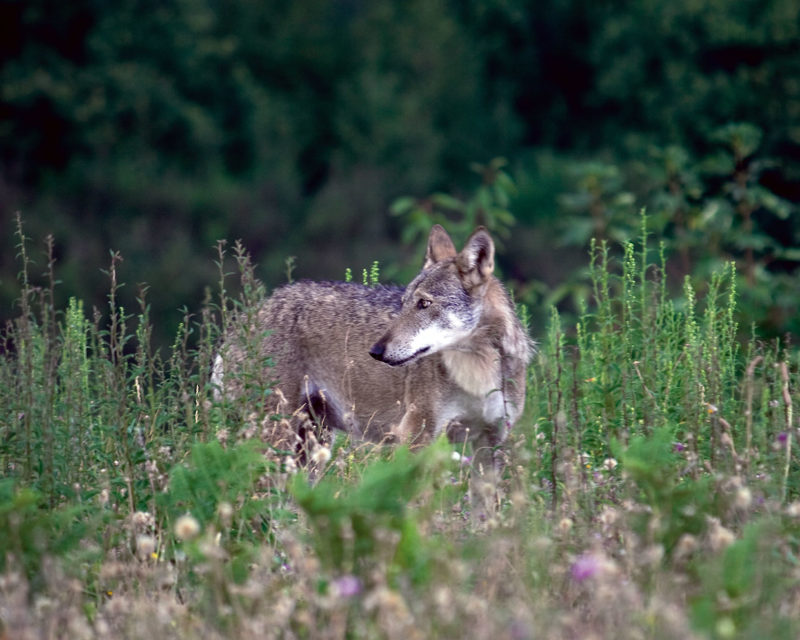
He is fascinated by the wolf – indeed, its presence here was part of the reason he moved from England to Piedmont in 2000.
“The Italian wolf is a species that embodies, symbolically and literally, the wild, and ecological resilience,” says Adam.
“It has a deep relationship to humanity and to our relationship with the natural world, and was living in our midst for millennia in Europe, until its virtual eradication over most of its European range during the last few centuries.
“Although I’ve never seen a wolf in the wild, I spend a lot of time in ‘their’ territory, taking groups and children to experience European wilderness, and have found their tracks and fresh scat and kills,” he explains.
“What inspires me is the sense I sometimes get, that although I can’t see them, they’re watching me – it’s a very invigorating, exciting feeling!”
2. Wild boar
It may not be the most elegant animal, but the wild boar certainly deserves a spot within any top 10 of Italian wildlife.
The boar population is soaring in Italy and this characterful creature is seen as both a menace (ask any vineyard owner) and as something of a national emblem, which is especially true in the region of Tuscany, where boar hunting is a popular sport and the rich, meaty pappardelle al cinghiale is a favourite local dish.
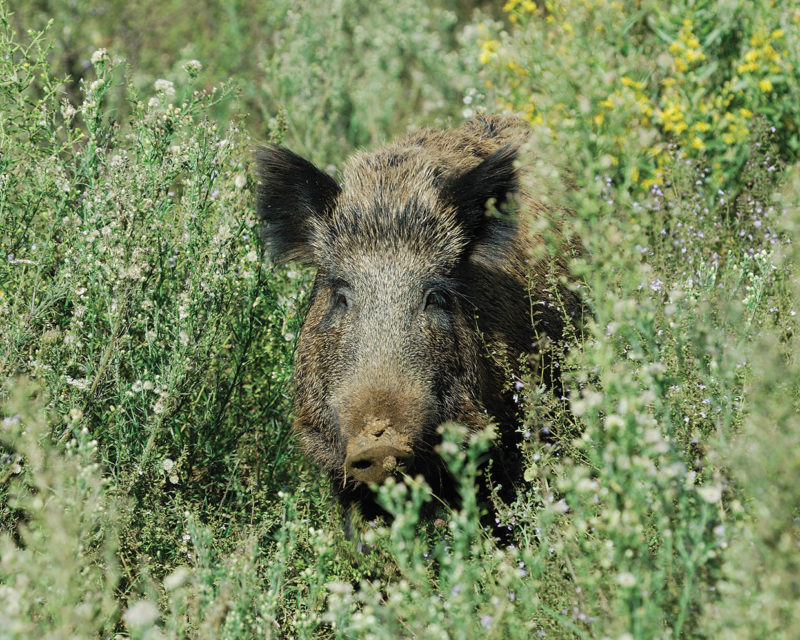
Further evidence of the boar’s Tuscan importance can be seen in the ‘Porcellino’ bronze sculpture that sits in Florence (see left), attracting hordes of visitors who rub its gleaming snout to ensure a return trip to Florence.
Sweet, stripy boar piglets grow into substantial adults that can reach heights of up to 1 metre and weights of around 175kg.
They are omnivores that tend to inhabit deciduous forests, and your best chance of spotting these largely nocturnal animals is by driving in boar-inhabited areas around dusk.
3. Alpine ibex
If you find yourself in Italy’s Gran Paradiso National Park, you may spot one of the park’s famously sure-footed residents.
The Alpine ibex is an excellent climber, and these wild goats occupy steep, rocky habitats, which make them inaccessible to predators.
You’ll find them at great elevations, up to around 3,000 metres, and their footwork is a wonder to behold.
They’ve been captured on film scaling the near-vertical walls of the Cingino Dam in the Park, apparently just to enjoy the salt of the bricks and the lichen between the stones.
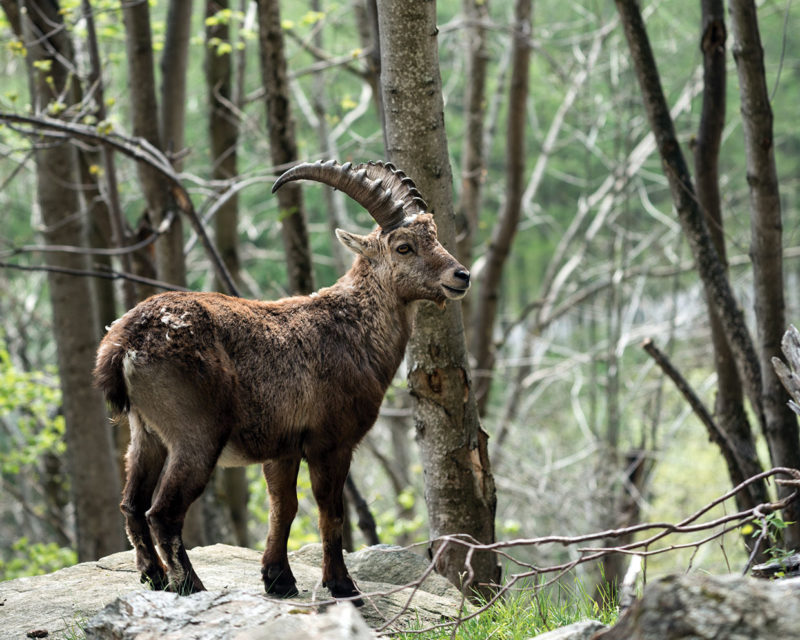
Staffan Widstrand, of nature photographers Wild Wonders of Europe, has had the great fortune to watch them in the Gran Paradiso Park.
“They are not hunted there at all, so they are remarkably tame and confiding,” says Staffan.
“This was where the species was saved from extinction. At one point, there were only 63 of them left in the whole world, in Gran Paradiso.
“Now there are over 40,000, spreading back over the whole Alpine chain.”
4. Bonelli’s eagle
The Bonelli’s eagle is a majestic sight, but one that is sadly rare in Italy today.
Claudio Celada, conservation director of Italian wildlife charity LIPU (Lega Italiana Protezione Uccelli) explains that although the species is stable elsewhere in Europe, its status remains precarious in Italy.
“There are only 40 pairs left, all of them in Sicily,” he says. “This species has become a symbol for nature conservation in Italy, and a broad coalition of volunteers is trying to save them from extinction.”
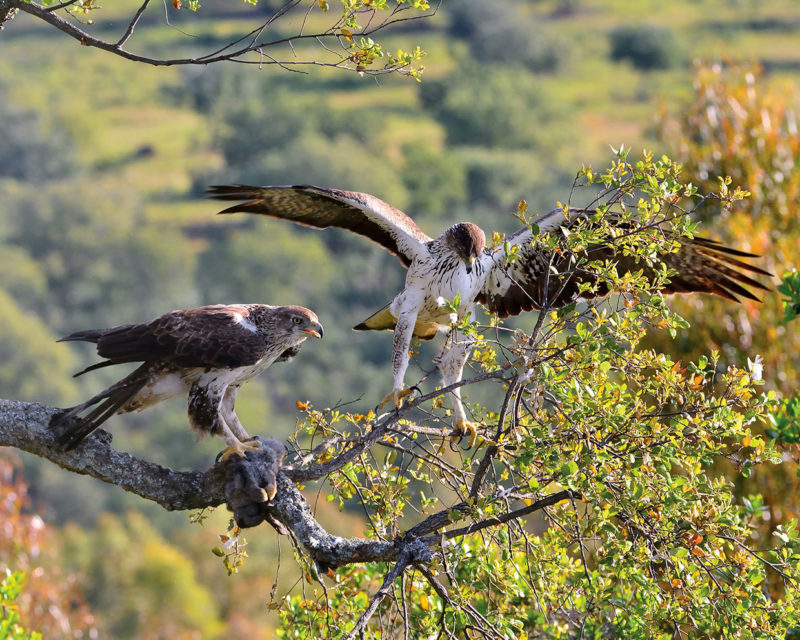
As with so many cases of endangered wildlife, it is humans that present the biggest menace; the main threat is the stealing of chicks from the nests, which are then illegally sold abroad to be trained for falconry.
The good news is that the future looks rosier for the Bonelli’s eagle, as Claudio explains: “Thanks to generous support from LIPU UK, in the last few years a network of volunteers has been intensively monitoring nests during breeding season, to prevent the stealing of chicks.”
As a result, the Bonelli’s eagle in Sicily is experiencing greater breeding success, and experts are at last hopeful about the bird’s prospects on the island.
5. Italian Aesculapian snake
Known in Italy as saettone ochirossi, the red-eyed snake, this beautiful reptile is now recognised as being distinctly different from the Aesculapian snake found across Europe.
It is only seen in Sicily and southern Italy, where its considerable length – up to 2 metres – can be spotted coiled into dramatic loops as it basks in the sun, perhaps fresh from a feast on its prey of rodents and small birds.
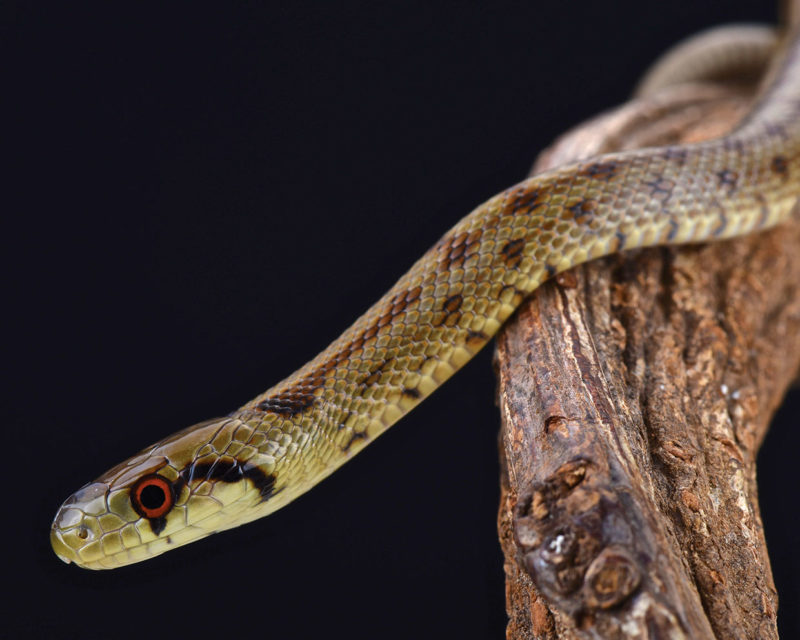
If you’re seeking a snake sighting in southern Italy (the snake’s northern limit is thought to be Caserta in the west and Foggia in the east), these non-venomous specimens like to hang out in dry, open scrub and woodland, as well as on rocky walls and slopes.
The snakes are also increasingly found in rural gardens and have even occasionally been spotted in urban areas.
6. Marsican brown bear
Classified as critically endangered, the Marsican brown bear is one of the rarest bears on the planet.
It inhabits the Abruzzo National Park and some surrounding areas, though the population has dropped significantly over the last couple of centuries and is now thought to stand at around just 40 to 50 bears.
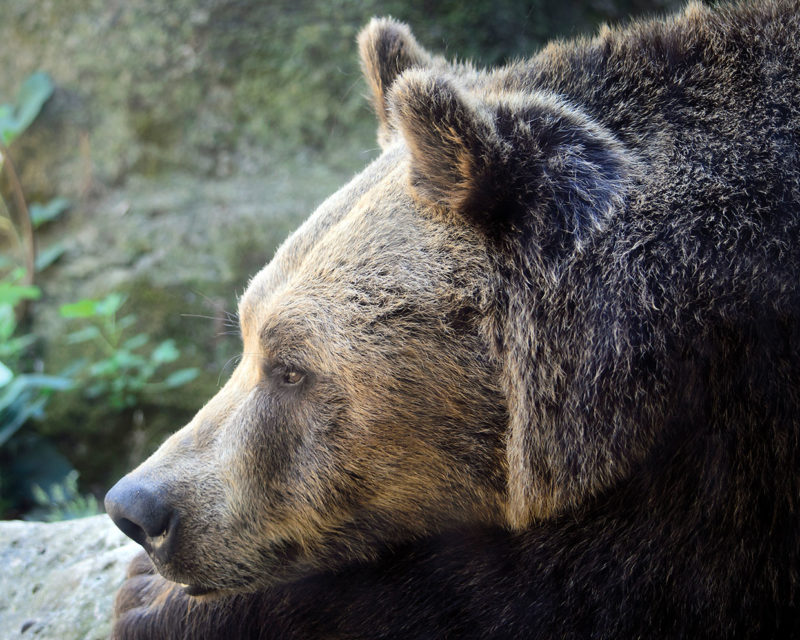
Unfortunately, the future of this magnificent animal remains uncertain as these creatures are still at risk due to poaching, poisoning and human development encroaching on their territory.
Marsican brown bears are timid and elusive, but Tom Mabbett of wildlife holiday company Naturetrek says that they see bears on many of their tours in the area, and has some tips for sightings:
“I was saw one grazing in a meadow whilst leading a tour in the Abruzzo National Park. In May and June in particular the bears come out of the forests onto the meadows to graze on flowers – this one looked to be eating dandelions!
“Later in the year, in August to September, they are higher up, feeding on nuts and berries.”
7. Crested porcupine
The extraordinary-looking crested porcupine (istrice crestata in Italian) is named for its long head and shoulder quills, which it raises into a crest whenever it feels threatened.
Crested porcupine numbers in Italy are growing, and the population is thought to be spreading over an increasingly wide area, not only in Sicily but also across central Italy.
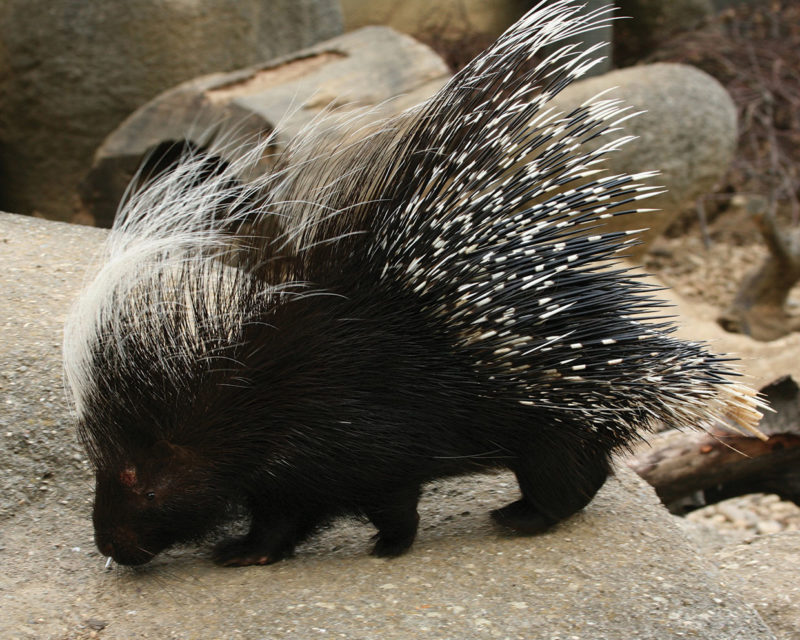
These shy, peaceful creatures, which can grow up to nearly three feet in length, tend to inhabit dense vegetation but, thanks to their relative abundance, they are fairly regularly spotted – as are their discarded quills, which are long and sharp, with distinctive bands.
But though the crested porcupine seems to be doing well in Italy, you won’t see this unusual creature anywhere else in Europe.
And it is worth seeking out. You are unlikely to encounter any creature that looks quite like it!
8. Eurasian spoonbill
Look out for this captivating bird next time you’re travelling in Italy. The fantastical-looking spoonbill is a personal favourite of mine and is an utter delight to spot in the wild.
Its slender, leggy frame is similar to that of the ever-popular flamingo and is even closer to the far more widespread egret.
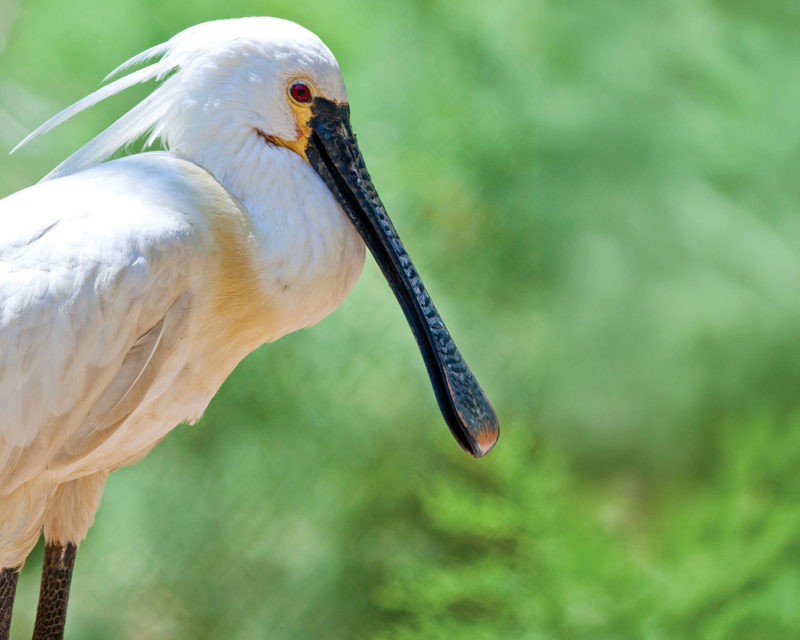
However, this unusual bird has a look that is entirely its own – thanks, in the most part, to that crazy looking beak, which gives it its fabulously descriptive name.
These waders like to hang out in shallow wetlands, where their diet is made up of aquatic creatures such as insects, worms and small fish, which they catch by swishing that huge beak through the water as they wade along.
Spoonbills can only be found in relatively small pockets across Italy, including the Maremma in southern Tuscany, and parts of Sicily and Puglia, plus a couple of spots in the north of the country.
9. Pyrenean chamois
This pretty chamois is, in many ways, an Italian wildlife success story.
“The Pyrenean Chamois was almost completely extinct at the end of the 1800s, but the species now has a healthy population of an estimated 25,000,” Staffan Widstrand of Wild Wonders of Europe explains.
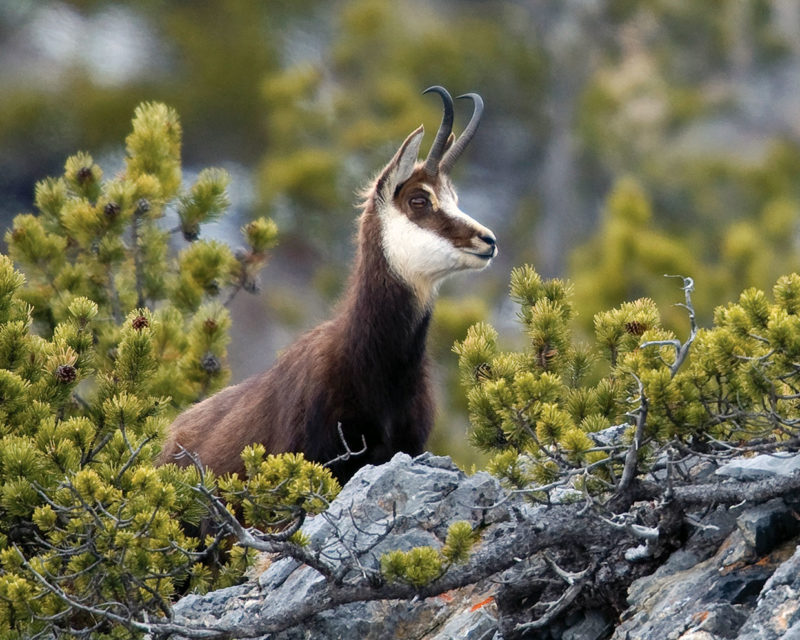
And he’s even had the good fortune to see this mountain-based creature in its natural habitat: “I saw a flock of some 20 in the Abruzzo National Park. They are, like the ibex, very tame and confiding because there is no hunting here.”
This deer-like ‘goat antelope’ that exists in Italy is actually a subspecies of the Pyrenean chamois known as the Apennine chamois.
Like all species of chamois, the animal’s status diminished over the past centuries, thanks to humans, who hunted it for its venison-like meat and for the soft ‘chamois’ leather of its hide.
Its future survival is by no means guaranteed and it still faces threats, but a programme of captive breeding and reintroduction, as well as strict protection regulations, have helped to boost the animal’s numbers in Italy and elsewhere.
10. Fire salamander
Perhaps the best-known salamander species in Europe, and certainly among the most distinctive, this reptile is a long-time resident across much of the western side of Italy.
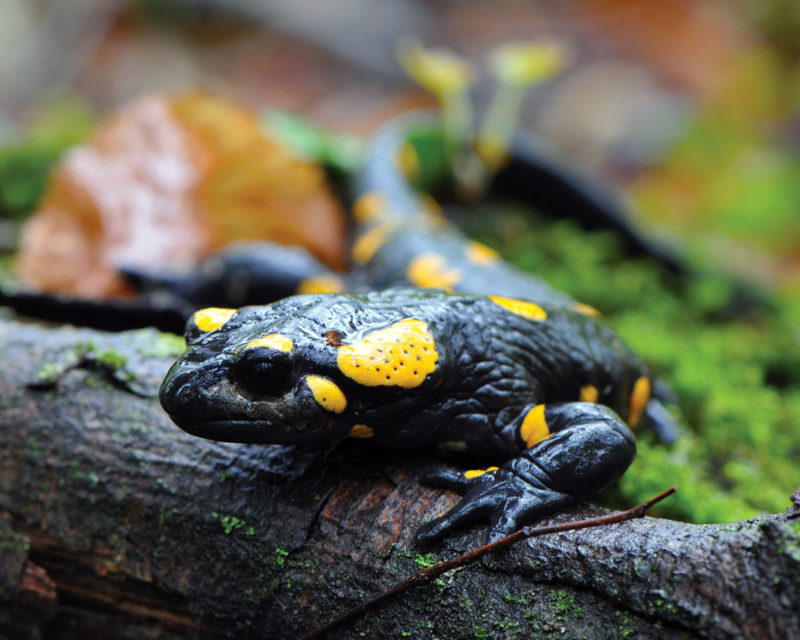
Despite its bright markings, the fire salamander is not regularly spotted, spending much of its time hidden away in its forest home, under wood or leaves.
These creatures prefer higher altitudes, so they inhabit hilly or even mountainous regions, and the best time to catch them out and about is during the evening or nighttime, when they are more active.
Diet-wise, the fire salamander is partial to anything from insects and slugs to the odd young frog or newt.
And if you were wondering about that colouring, this striking black and orange or yellow pattern is a warning of the salamander’s potent toxicity to any would-be predator.
See more Italian wildlife in Italy’s top 10 coastal creatures
Words by Jenny Oldaker
